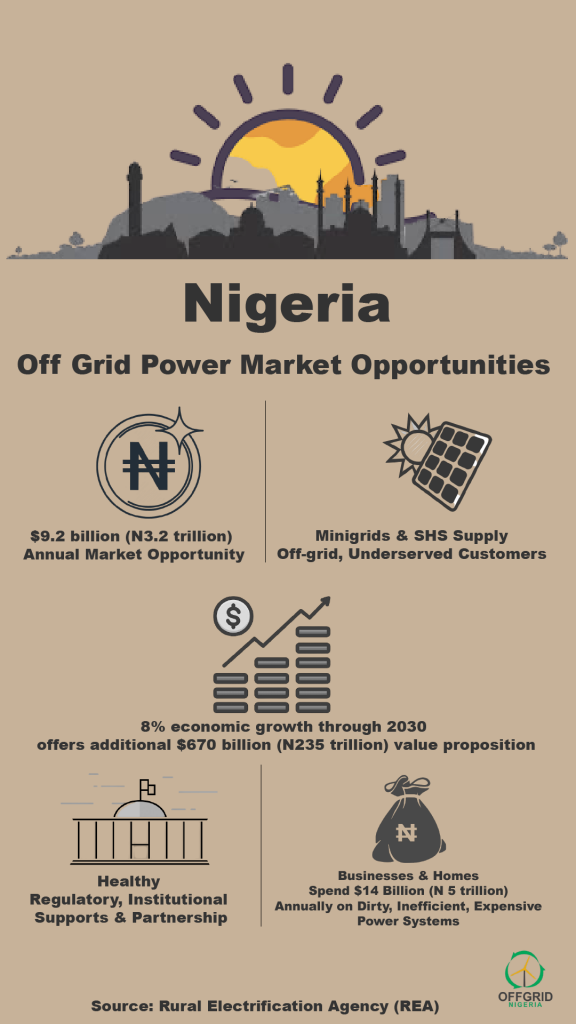Demand for coal for power generation has fallen across the globe for the second consecutive year, a new report by BP has shown.
Helped mostly by the US and China burning less of the dirtiest fossil fuel in the world, the 66th edition of BP’s annual statistical review of energy stated that renewable energy sources (excluding hydro) are also growing and contributing to the squeeze coal is currently experiencing.
The report explained that wind; solar; and other renewable power sources grew faster than any other fuel at more than 14 per cent in 2016.
Wind, it noted provided more than half of renewables growth, while solar energy contributed almost a third despite accounting for only 18 per cent of the total. However, Asia Pacific overtook Europe and Eurasia as the largest producing region of renewable power while China overtook the US to be the largest single renewable energy producer.
Presented by BP’s chief economist, Spencer Dale, the report described the UK as the “most extreme example” of economies moving away from coal, and which has resulted in its use of coal returning to levels not seen since the start of the industrial revolution in 1800s.
According to BP, the 1.7 per cent fall in worldwide consumption in 2016 marks a striking reversal of fortune for coal, which was the largest source of energy demand growth until four years ago.
“Global coal consumption fell by 53 million tonnes of oil equivalent (mtoe), or 1.7%, the second successive annual decline. The largest declines in coal consumption were seen in the US (-33 mtoe, an 8.8% fall) and China (-26 mtoe, -1.6%). Coal consumption in the UK more than halved (down 52.5%, or 12 mtoe) to its lowest level in our records,” said the report.
It further explained: “Coal’s share of global primary energy consumption fell to 28.1%, the lowest share since 2004. World coal production fell by 6.2%, or 231 mtoe, the largest decline on record. China’s production fell by 7.9% or 140 mtoe, also a record decline. US production fell by 19% or 85 mtoe.”
Also in his analysis, Dale said: “It feels to me like we’re seeing a decisive break with coal, relative to the past. I think the big story here is coal getting squeezed.”
Dale subsequently added: “This shift largely reflects structural factors: the increasing availability and competitiveness of natural gas and renewables, combined with government and societal pressure to shift towards cleaner, lower carbon fuels.”





